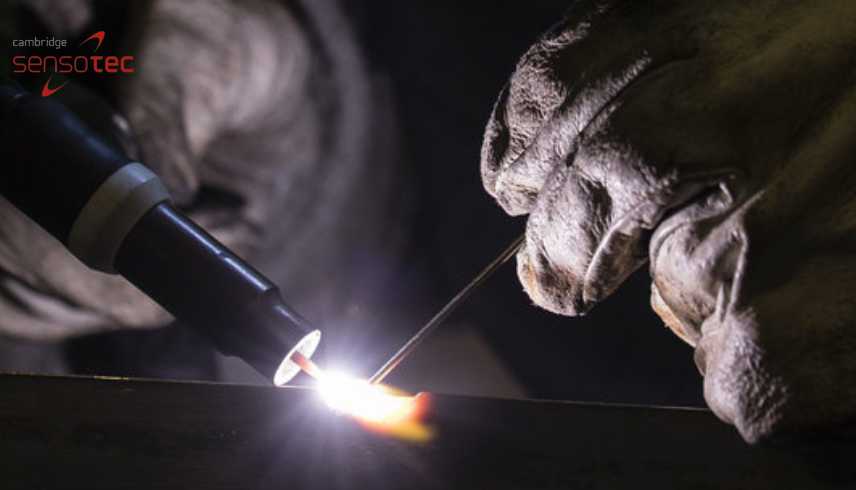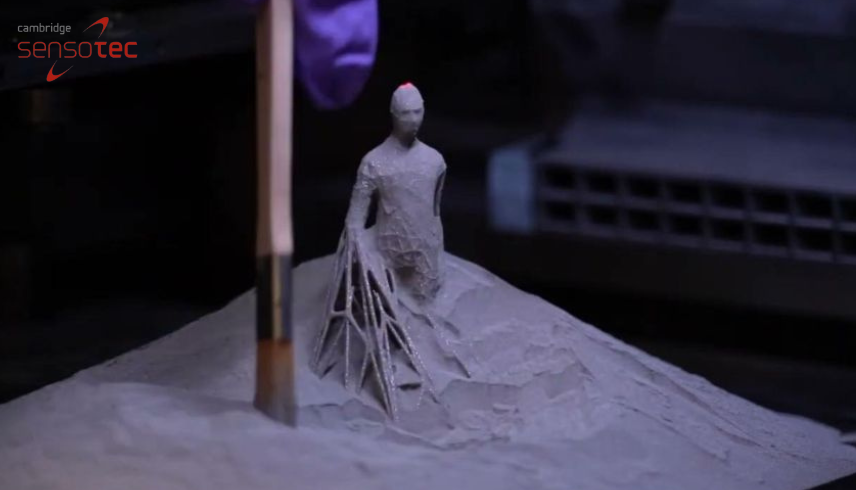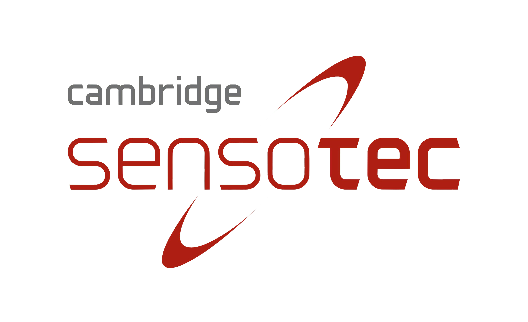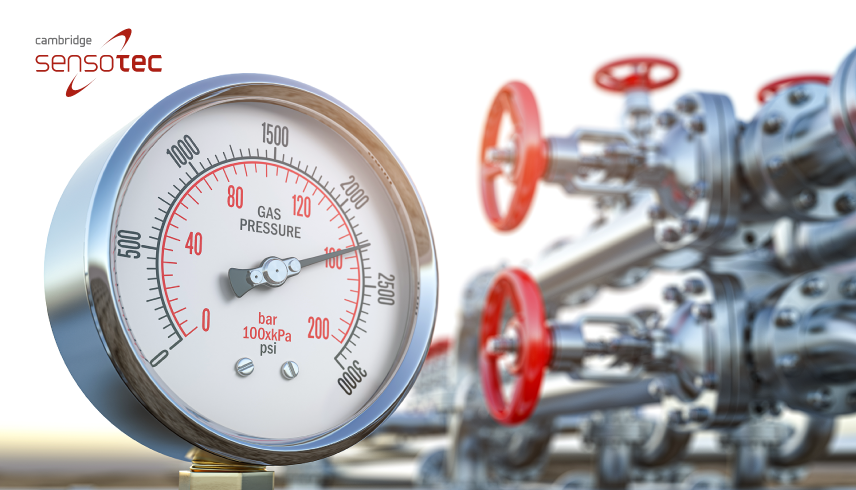

Revolutionising Metal 3D Printing: Cambridge’s Leap Beyond Traditional “Heating and Beating
Introduction
Metal 3D printing is rapidly advancing, promising new levels of complexity and efficiency in metal part production. Despite its growth, challenges such as high post-processing costs remain. Researchers at the University of Cambridge have embarked on a journey to mitigate these issues, unveiling a novel metal 3D printing process tested with steel. This method promises efficiency and cost-effectiveness without relying on conventional “heating and beating”.
The Challenge with “Heating and Beating”
Historically, the “heating and beating” method involved manually hardening material with a hammer and softening it with heat. This technique, while effective for its time, falls short in terms of efficiency and suitability for intricate parts compared to modern metal 3D printing methods.
Cambridge’s Innovative Approach
The research team at Cambridge, led by Dr. Matteo Seita, has developed a metal 3D printing process that sidesteps traditional methods. By adapting the internal structure of the material without the need for physical manipulation, this new technique allows for unprecedented control over material properties, potentially revolutionising how metal parts are fabricated.
Advancements in Laser Powder Bed Fusion
This new approach focuses on laser powder bed fusion, enhancing the way materials are processed during 3D printing. By carefully controlling laser melting and solidification, the team can “program” the desired material characteristics, akin to using a laser as a microscopic hammer. This method ensures parts are not only strong but also less prone to brittleness, marking a significant improvement over traditional methods.
The Future of Metal Manufacturing
With these advancements, 3D printed steel can now rival or even surpass traditional steel in performance, offering a more sustainable and cost-effective manufacturing solution. This breakthrough could significantly reduce metal 3D printing costs, contributing to the industry’s sustainability.
Conclusion
The University of Cambridge’s novel approach to metal 3D printing marks a significant milestone in manufacturing technology. By overcoming the limitations of traditional “heating and beating”, this method paves the way for more efficient, cost-effective, and environmentally friendly metal fabrication.
Engage with Cambridge Sensotec
Interested in exploring how advancements in gas analysis and monitoring technologies can further enhance your 3D printing processes? Cambridge Sensotec offers cutting-edge solutions tailored to your needs.
Contact us today to discover how our expertise can support your innovative projects and drive your manufacturing capabilities forward.
Further Insights
For those interested in delving deeper into the advancements that are challenging traditional “heating and beating” techniques in metal fabrication, we recommend reading an insightful piece on 3Dnatives. This article explores the pioneering research and development that are making cost-effective, 3D printed steel a reality, offering a comprehensive overview of the potential impact on the future of manufacturing.


